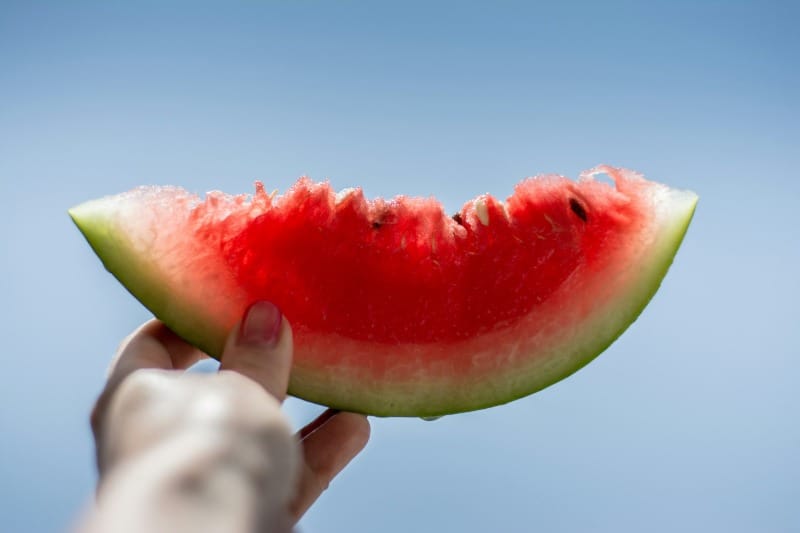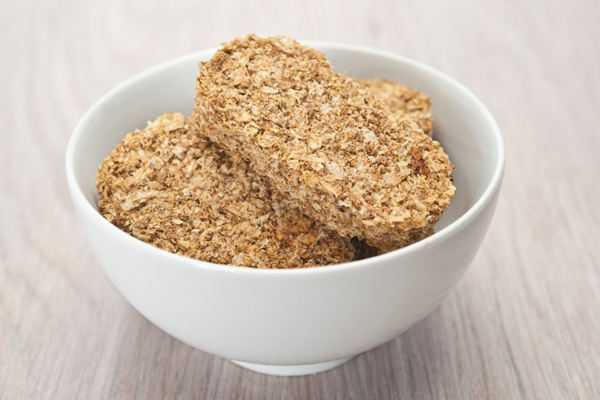When enjoying a juicy slice of watermelon, most people discard the white rind without a second thought. However, recent research suggests we may be tossing out a nutritional goldmine. The often-overlooked watermelon rind is packed with beneficial compounds that could boost your health in unexpected ways. Let's explore the hidden potential of this underappreciated part of summer's favorite fruit.
Key takeaways:
• Watermelon rind is rich in citrulline, an amino acid with cardiovascular benefits
• The rind contains more fiber than the red flesh, aiding digestion
• Antioxidants in the rind may have anti-inflammatory and cancer-fighting properties
• Utilizing the rind reduces food waste and provides a sustainable nutrition source
Citrulline: The heart-healthy compound
One of the most promising components of watermelon rind is citrulline, an amino acid that plays a crucial role in the body's production of nitric oxide. A 2016 study published in Current Opinion in Clinical Nutrition and Metabolic Care found that citrulline supplementation can improve cardiovascular health by promoting vasodilation and reducing blood pressure[1].
Dr. Julie Metos, a registered dietitian at the University of Utah, explains: "Citrulline is converted to arginine in the body, which is essential for the production of nitric oxide. This helps relax blood vessels, potentially lowering blood pressure and improving circulation."
While the red flesh of watermelon contains some citrulline, the rind actually has a higher concentration. Incorporating watermelon rind into your diet could provide a natural boost to your cardiovascular health.
Fiber for digestive health
Watermelon rind is an excellent source of dietary fiber, containing even more than the fleshy part of the fruit. A 2020 study in the Journal of Food Science and Technology found that watermelon rind powder contains about 20% dietary fiber by weight[2].
Fiber is essential for maintaining a healthy digestive system, promoting regular bowel movements, and supporting the growth of beneficial gut bacteria. Additionally, a high-fiber diet has been linked to reduced risk of heart disease, diabetes, and certain cancers.
Nutritionist Sarah Thomsen Ferreira notes: "Most Americans don't get enough fiber in their diets. Utilizing watermelon rind as a fiber source not only helps meet daily requirements but also reduces food waste."
Antioxidants and anti-inflammatory properties
The white portion of watermelon rind contains various antioxidants, including flavonoids and phenolic compounds. These substances help protect cells from oxidative stress and may have anti-inflammatory effects.
A 2019 study in the International Journal of Food Properties found that watermelon rind extract exhibited significant antioxidant and anti-inflammatory activities in laboratory tests[3]. While more research is needed to confirm these effects in humans, the findings suggest potential health benefits beyond just fiber and citrulline.
Dr. Liz Applegate, nutrition scientist at UC Davis, comments: "The antioxidants in watermelon rind could potentially help reduce inflammation in the body, which is associated with numerous chronic diseases. However, it's important to note that we need more human studies to fully understand these effects."
Sustainable nutrition and reducing food waste
Utilizing watermelon rind not only provides nutritional benefits but also helps reduce food waste. According to the Food and Agriculture Organization of the United Nations, approximately one-third of food produced for human consumption is lost or wasted globally[4].
By finding creative ways to incorporate watermelon rind into our diets, we can make better use of the whole fruit and reduce our environmental impact. This aligns with the growing interest in sustainable eating practices and "nose-to-tail" or "root-to-stem" cooking philosophies.
Conclusion:
The humble watermelon rind offers a surprising array of potential health benefits, from supporting heart health to improving digestion and possibly fighting inflammation. As research continues to uncover the nutritional value of this often-discarded food, it's worth considering ways to incorporate watermelon rind into your diet.
While more studies are needed to fully understand the impact of watermelon rind consumption on human health, the current evidence suggests it could be a valuable addition to a balanced diet. As always, it's important to introduce new foods gradually and consult with a healthcare professional if you have any concerns.
Stay in the know
Interested in learning more about innovative approaches to nutrition and longevity? Sign up for our newsletter to stay updated on the latest research and discoveries in the field of health science.
References:
[1] Allerton, T. D., Proctor, D. N., Stephens, J. M., Dugas, T. R., Spielmann, G., & Irving, B. A. (2018). l-Citrulline Supplementation: Impact on Cardiometabolic Health. Nutrients, 10(7), 921. https://doi.org/10.3390/nu10070921
[2] Naknaen, P., Itthisoponkul, T., Sondee, A., & Angsombat, N. (2016). Utilization of watermelon rind waste as a potential source of dietary fiber to improve health promoting properties and reduce glycemic index for cookie making. Food Science and Biotechnology, 25(2), 415-424. https://doi.org/10.1007/s10068-016-0058-y
[3] Mushtaq, M., Sultana, B., Anwar, F., Adnan, A., & Rizvi, S. S. (2015). Enzyme-assisted supercritical fluid extraction of phenolic antioxidants from pomegranate peel. The Journal of Supercritical Fluids, 104, 122-131. https://doi.org/10.1016/j.supflu.2015.05.020
[4] Food and Agriculture Organization of the United Nations. (2011). Global food losses and food waste – Extent, causes and prevention. Rome. http://www.fao.org/3/i2697e/i2697e.pdf
Citations:
[1] https://www.healthline.com/health/food-nutrition/watermelon-rind-benefits
[2] https://shawnradcliffe.com/step-by-step-guide-to-writing-captivating-health-articles/
[3] https://kindcooking.com/3-great-uses-for-watermelon-rind/
[4] https://www.vedantu.com/evs/uses-of-watermelon-rind
[5] https://faithfueledmoms.com/why-is-the-watermelon-rind-so-good-for-you/
[6] https://www.nwhealth.edu/news/11-top-watermelon-health-benefits/














Member discussion